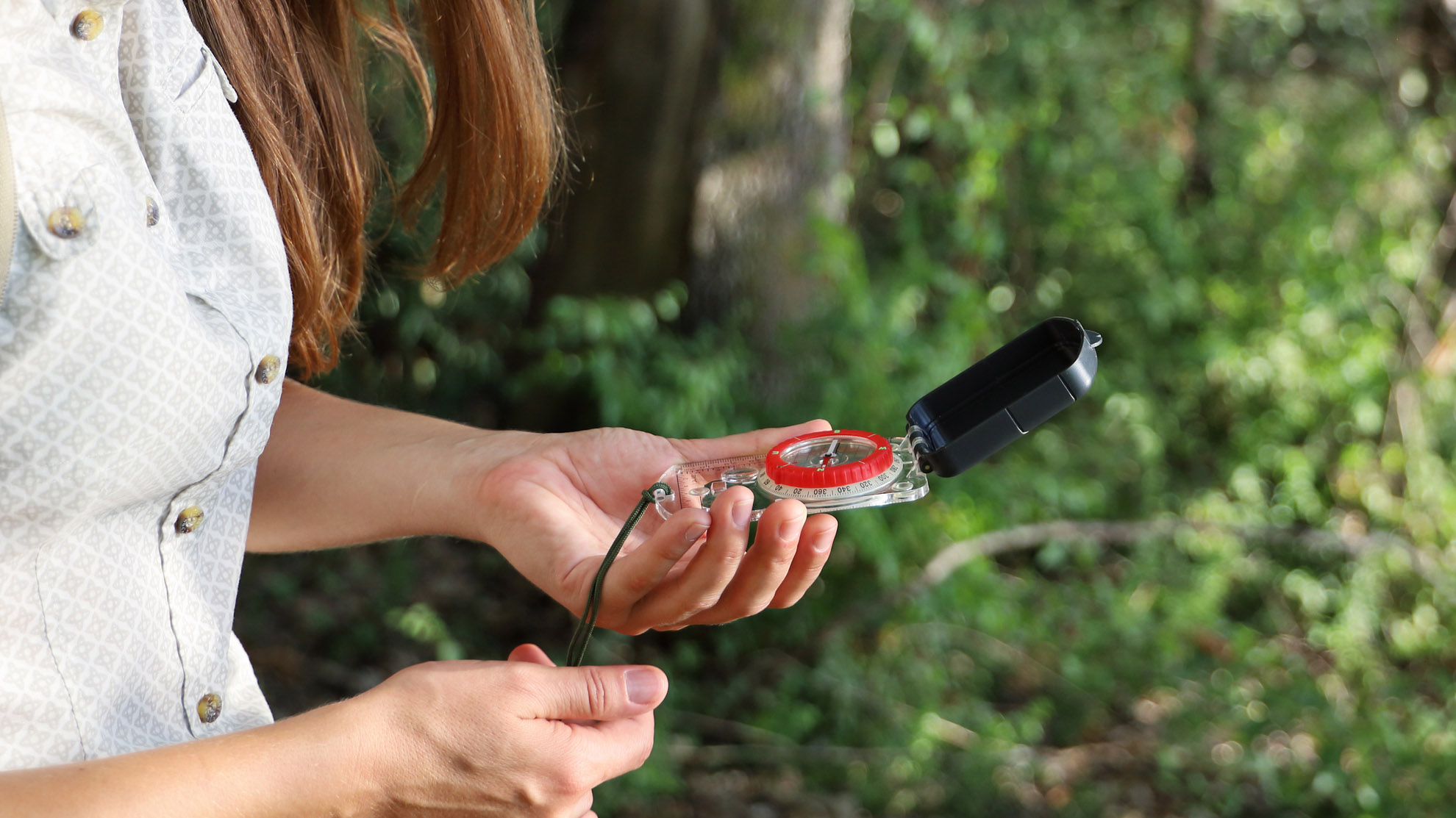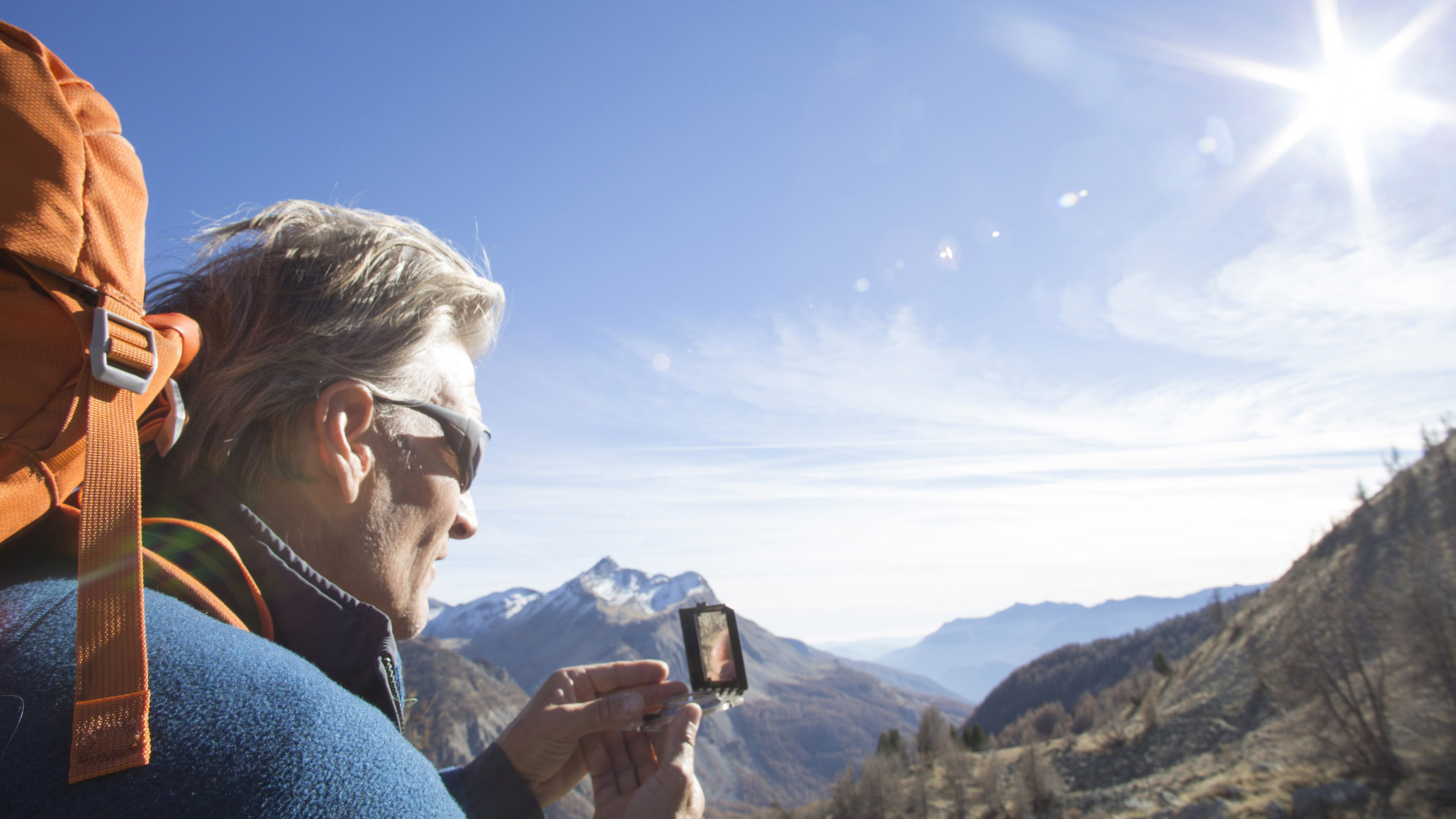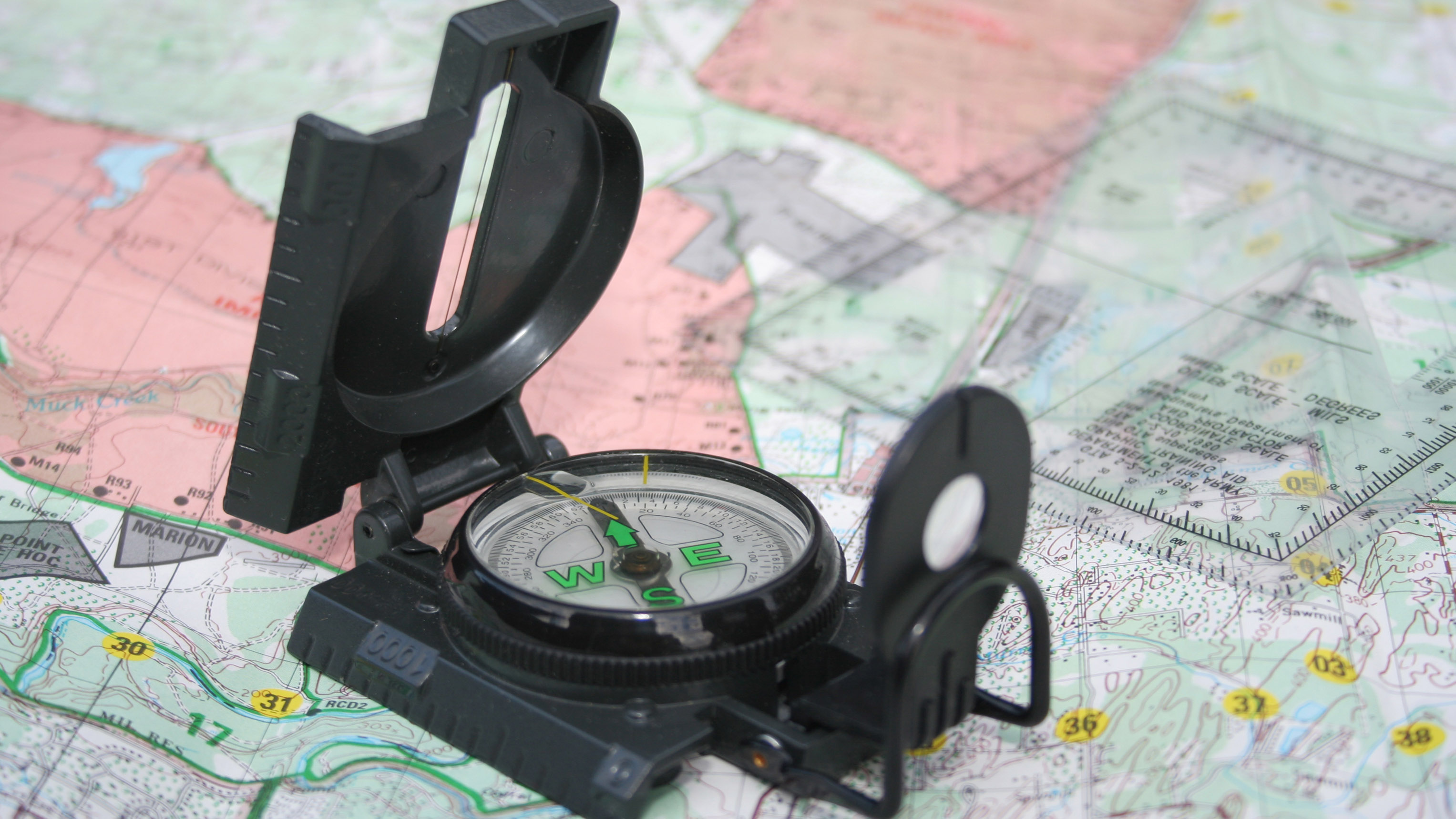Sighting compasses: what on earth is that mirror for?
We take a look at sighting compasses, detailing how they work and considering their advantages and disadvantages compared to standard baseplate compasses

Standard sighting compasses allow you to take a bearing from a distant object with greater accuracy than the traditional baseplate compasses that are often used by hikers. We know that a compass is an essential tool for navigating in the backcountry. From simply knowing which way you are going to taking a map bearing in order to head in the right direction when visibility is compromised, there’s simply no substitute for a magnetic compass.
The best sighting compasses enable you to target distant objects or stay focussed on a specific direction, giving you greater accuracy than a baseplate compass. This makes them ideal for applications like walking on a bearing and, unlike your electronic gadgets, they won’t let you down in extreme conditions.
Sighting compasses come in various forms, but the most common are mirror compasses and prismatic compasses. A mirror compass is much more likely to be found in someone’s hiking backpack than a prismatic compass, which is designed for heavier duty applications, such as in the military or in precision engineering.
Sighting compasses: a mirror compass

A mirror compass comprises a base plate with the all the usual standard features (compass housing, compass needle, orienting arrow etc), as well as a foldable mirror. The mirror is split in two by a line known as the sighting line and also contains a small notch, known as a sight. The advantage of a mirror compass is that it allows you to look at the object you are taking a bearing from and your compass housing at the same time. Thanks to this, they are also great for accurately walking on a given bearing.
If you know how to use a compass already, adapting these skills to a mirror compass is easy. To take a bearing from an object, unfold the mirror to around 45 degrees so that you can see the compass housing reflected in it. Hold the compass out straight in front of you at eye level and align it so that the object you want to take a bearing from is just above the sight. The vertical sighting line should run straight down through the reflected central pivot point of your compass needle. Now rotate the compass housing (sometimes referred to as the bezel) until the red orienting arrow is aligned with the red north end of the compass needle. You can then read the bearing from the index line at the top of the base plate.
Compared to other types of compass, disadvantage of most mirror compasses is that they usually have smaller base plates than a decent baseplate model – often without all the useful scales for measuring distances on a topographical map. Their smaller size also makes it more difficult to take map bearings. For most hiking applications, we’d probably go for a standard baseplate compass in our daypack over a mirror compass, though for a lot of people it comes down to personal preference, with some preferring the increased accuracy of sighting compasses.
Sighting compasses: using a mirror compass to attract help
Another application of this kind of compass is the use of the mirror as a signalling tool. Let’s say it’s a sunny day and you are in need of assistance. Obviously, even the best headlamp is going to be no good as a signalling tool until nightfall. You’ve got your hiking whistle, but you also want to create a visual signal to gain assistance.
Advnture Newsletter
All the latest inspiration, tips and guides to help you plan your next Advnture!

You can see a party of rescuers in the distance and you want to signal your location to them. Hold out two fingers in a V-shape in front of you, so that the rescuers are between your fingers. Hold the mirror in front of your face, pointing outward and adjust its position until the sunlight hits your fingers. Now, rotate the mirror left and right so that the sunlight is reflected in the space between your fingers towards the rescuers.
Sighting compasses: a prismatic compass
Like traditional baseplate compasses and mirror compasses, prismatic compasses use a dial that makes use of the Earth’s magnetic field. The compass housing is filled with oil and some use photoluminescent materials that allow readings to be taken in low light. This, combined with the airtight qualities of prismatic compasses, make them ideal for use underground or underwater.

Unlike a standard mirror compass, a prismatic compass is held close to the face when taking a bearing. Rather than a mirror, sighting is achieved through a combination of the object vane – a frame containing a vertical sighting line – and a prism, which is located just below the eye slit on the other side of the compass. Some prismatic compasses have a thumb loop, allowing the user to attach the device to themselves, while they take an accurate bearing.
Alex is a freelance adventure writer and mountain leader with an insatiable passion for the mountains. A Cumbrian born and bred, his native English Lake District has a special place in his heart, though he is at least equally happy in North Wales, the Scottish Highlands or the European Alps. Through his hiking, mountaineering, climbing and trail running adventures, Alex aims to inspire others to get outdoors. He's the former President of the London Mountaineering Club, is training to become a winter mountain leader, looking to finally finish bagging all the Wainwright fells of the Lake District and is always keen to head to the 4,000-meter peaks of the Alps. www.alexfoxfield.com

